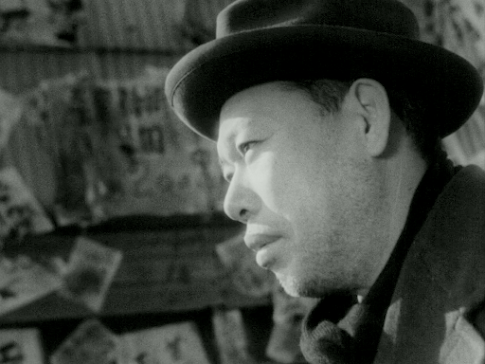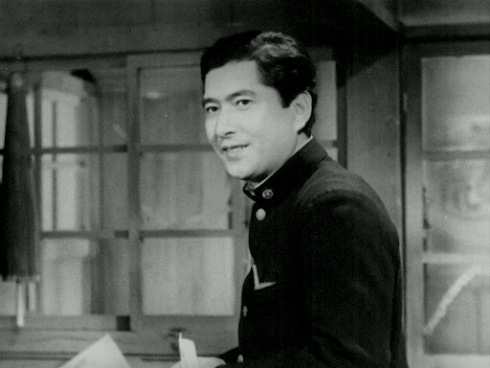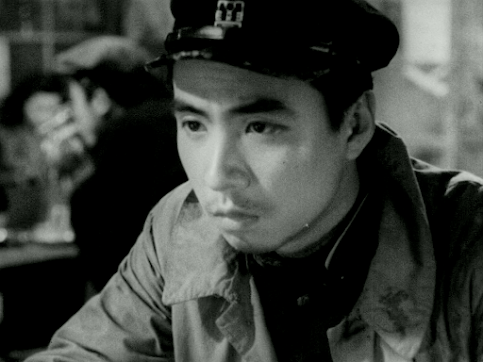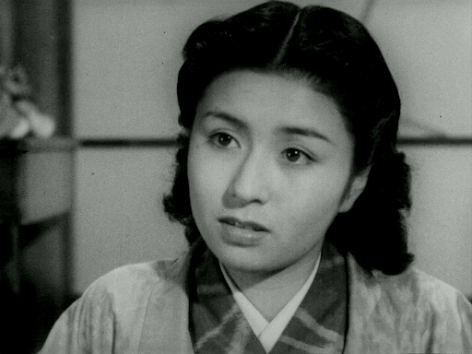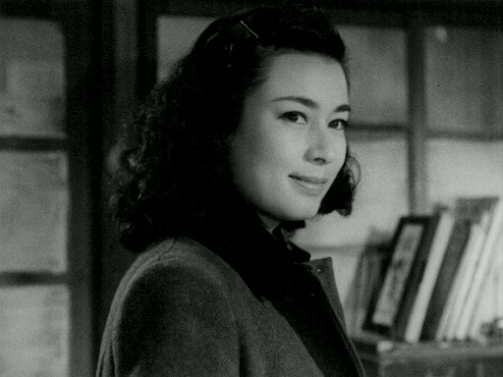Shunsetsu / 春雪 / (‘Spring Snow’, 1950)
Obscure Japanese Film #164
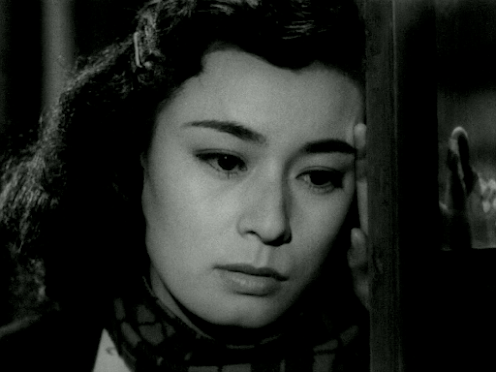 Yasuko Fujita
Yasuko FujitaTakako (Yasuko Fujita)is a young woman who works on the ticket desk at her local train station inDenenchofu on the outskirts of Tokyo. The eldest child of a father (TakashiShimura) who has been made redundant - though he doesn’t tell his family for amonth - she hopes to wed train driver Toshio (Shuji Sano), but they cannot yetafford to marry. Not only are the family are struggling to get by, but Takako’smother (Yuriko Hanabusa) is unwell and her younger brother (Teiji Takahashi) hasstarted hanging out with a bad crowd. But when Takako’s younger sister Tomoko(Akiko Sawamura) finds work as a maid to a wealthy orchestra conductor (IchiroRyuzaki) who takes a shine to Takako, it looks like the family’s problems couldbe solved if she would only forget Toshio and marry him instead…
This Shochikuproduction is unrelated to the later Yukio Mishima novel which shares itsEnglish title and was written as an original screenplay by Kaneto Shindo, oneof around 40 he wrote for the director of this film, Kozaburo Yoshimura. Idon’t remember the war itself being mentioned, but the poverty of the post-waryears is emphasized throughout, and the family even try to grow vegetables intheir garden to save a few yen. They tend to put up a cheerful front when together, but often fallinto depression on their own. We see Takiko riding a train and staring at thetracks as it speeds along as if seeing her life laid out before her in astraight line leading to nowhere, while her father eats his packed lunch in theruins of the steelworks where he used to be employed and which was, presumably,demolished due to the war ending. Typically for Japanese drama, the storyrevolves around a classic giri(obligation) versus ninjo(inclination) conflict – in this case, if Takako marries the rich guy, herfamily will be saved. As it was made during the American occupation, however,the film also promotes western culture and values, and on one occasion we seeTakako attending a ballet, while on another she and Toshio are seen sittingoutside a Christian church where a wedding is taking place and admiring thesound of the choir singing a hymn within.
The star of this film,Yasuko Fujita, was a theatre actress who had been hand-picked by Yoshimura toplay the lead role despite never having appeared in a film before. It’s animpressive debut, and she not only looks the part, but acts it in such a waythat she seems like a natural for the movies, betraying not even a hint oftheatricality in her performance. Unfortunately for the Japanese cinema, shemarried a well-known music promoter in 1953 and retired from acting having madea dozen films, the most widely-seen of which is probably Yoshimura’s Clothes of Deception (1951), in whichshe co-starred opposite Machiko Kyo. Her Japanese Wikipedia page contains theenigmatic comment that ‘She reportedly made the most of her good looks wheninteracting with foreign celebrities.’ Yasuko Fujita passed away in 2015 aged88.
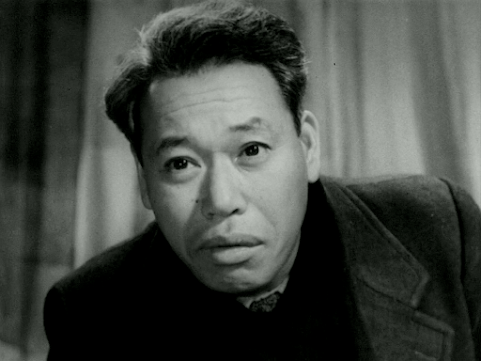
Among the rest of thecast, the most notable is Takashi Shimura, and it’s nice to see that he’s nottotally wasted here as he was so often when not working with Kurosawa. In Spring Snow, he gets to play a characterwith more than one dimension who goes through his own struggle against bothhimself and his circumstances.
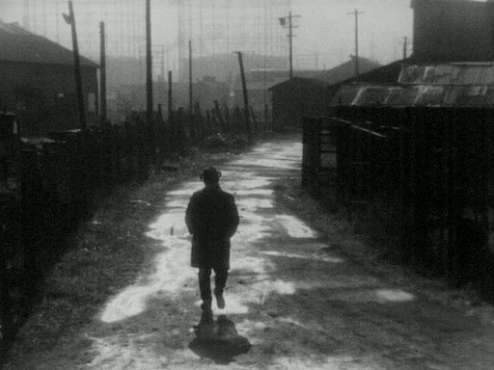
Although I wouldn’t goas far as to claim it as any kind of forgotten masterpiece, Spring Snow has quite a lot going forit, including the cinematography of Toshio Ubukata (who also worked forKurosawa) and the mostly well-developed characters, who feel worth spendingtime with.
Thanks to A.K.

